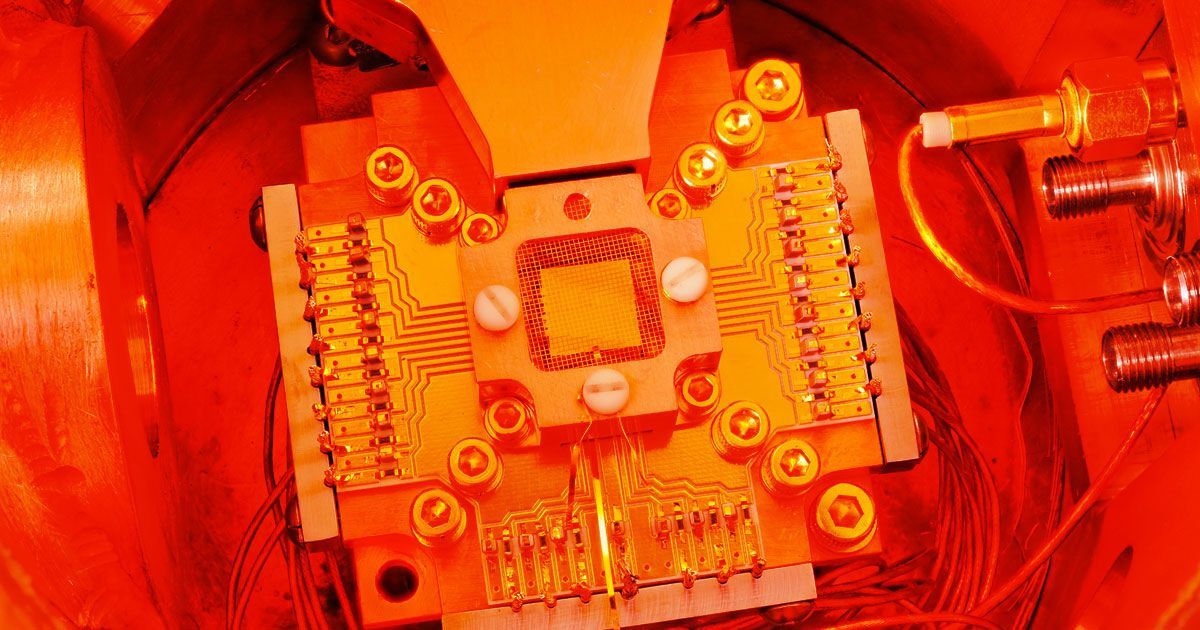How, in today’s world, could a cave this massive go undetected for so…



Today, the application of engineering methodologies to the rational modification of organisms is a persistent goal of synthetic biology. Most synthetic biologists describe biological engineering as a hierarchy, wherein parts (genes, DNA) are used to build devices (many genes together), which in turn can be used to construct systems (a series of many devices). The challenge in transforming synthetic biology into a true engineering discipline is that the parts, which are the rudimentary building blocks of higher-order constructions, are fundamentally limited by the rigor of their characterization. This is really the case in all established engineering disciplines. In electrical engineering, for instance, the baseline components (transistors, resistors, wires, etc.) have been characterized so well that children can use them and the resulting circuits behave as expected. Once all ‘parts’ are standardized, it may be possible for synthetic biologists to use individual DNA building blocks to construct entirely synthetic life forms from the bottom-up.
This working document constitutes a draft of the AI Ethics Guidelines produced by the European Commission’s High-Level Expert Group on Artificial Intelligence (AI HLEG), of which a final version is due in March 2019.


Coming up with potent anti-cancer drugs is one thing, delivering them to the site of a tumor inside the body is very much another. With a complicated organism guarded by a highly evolved immune system to navigate, getting these particles to there target in one piece is a challenging task, and one that scientists are continuing to tackle from all angles. A promising new approach developed at Virginia Tech leans on the penetrative properties of a salmonella infection, which they’ve found can be used as a vehicle to smuggle cancer-fighting nanoparticles into a tumor in a huge abundance.

Winter solstice, the shortest day of 2018, is Friday, December 21.
The solstice this year will be extra special because it will be followed the next day by a full moon known as the Cold Moon, and you might be able to see a meteor shower to boot.
First, CNN meteorologists Dave Hennen, Judson Jones and Brandon Miller help us understand the science behind the solstice.

This is a supernova remnant in a nearby galaxy, the Small Magellanic Cloud. Don’t miss the full-size of this stunning image from the Chandra X-ray Observatory: https://go.nasa.gov/2EFFL7z

“In the early 21st century, perhaps the most important artistic genre is science fiction … [It shapes] how people understand the most important technological, social, and economic developments of our time.” —Yuval Noah Harari, 21 Lessons for the 21st Century.
The most detailed simulation of the universe shows how galaxies evolved since the dawn of time.
